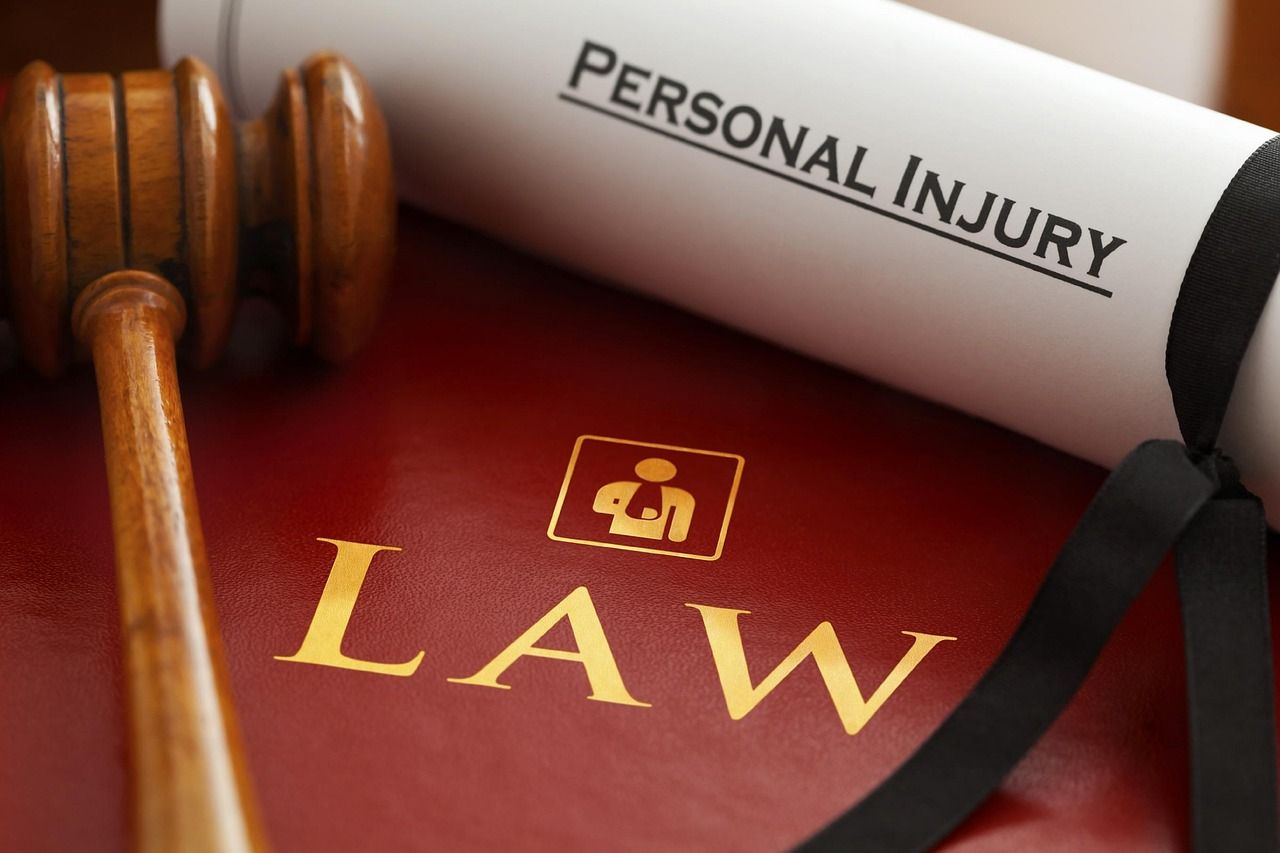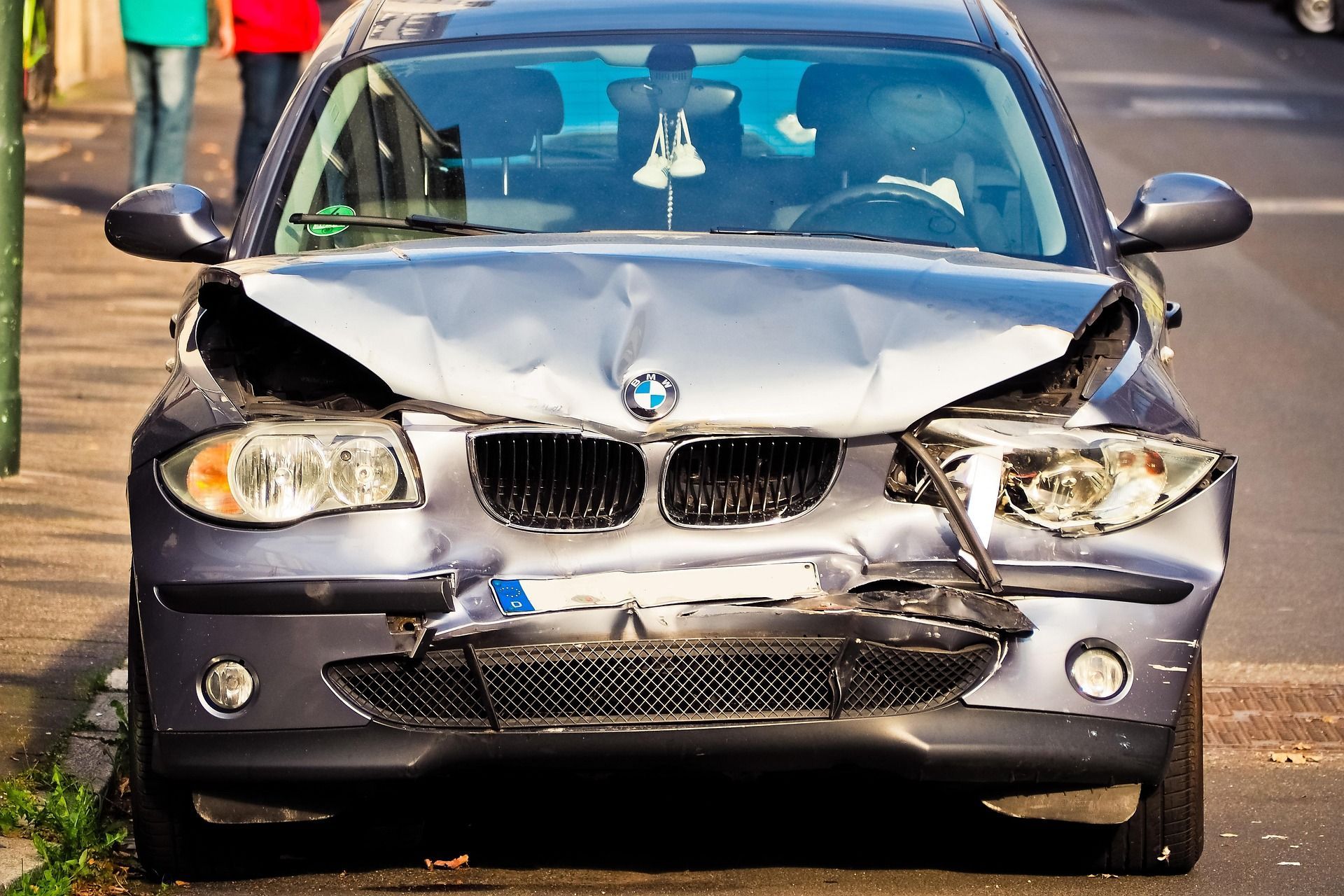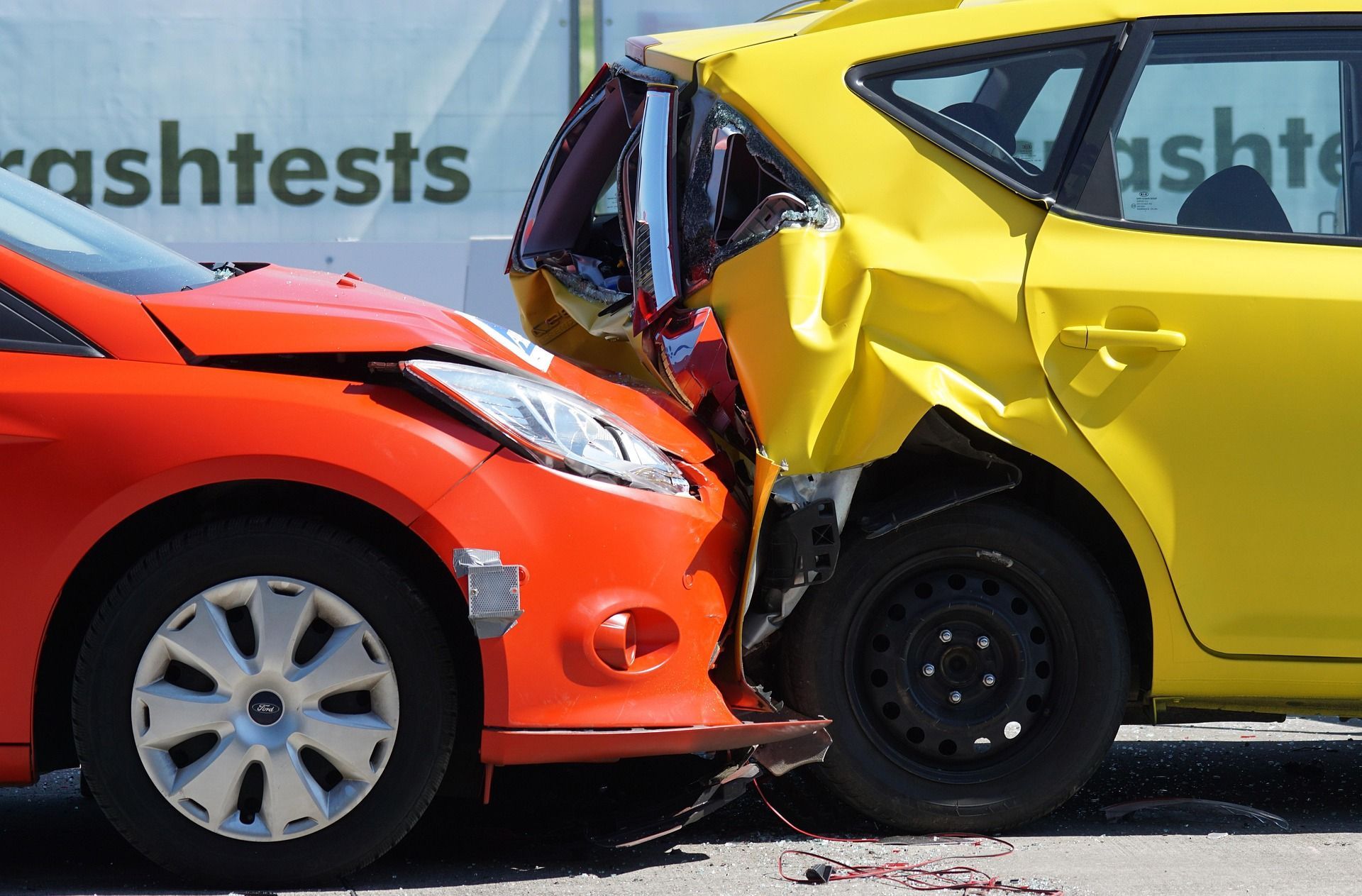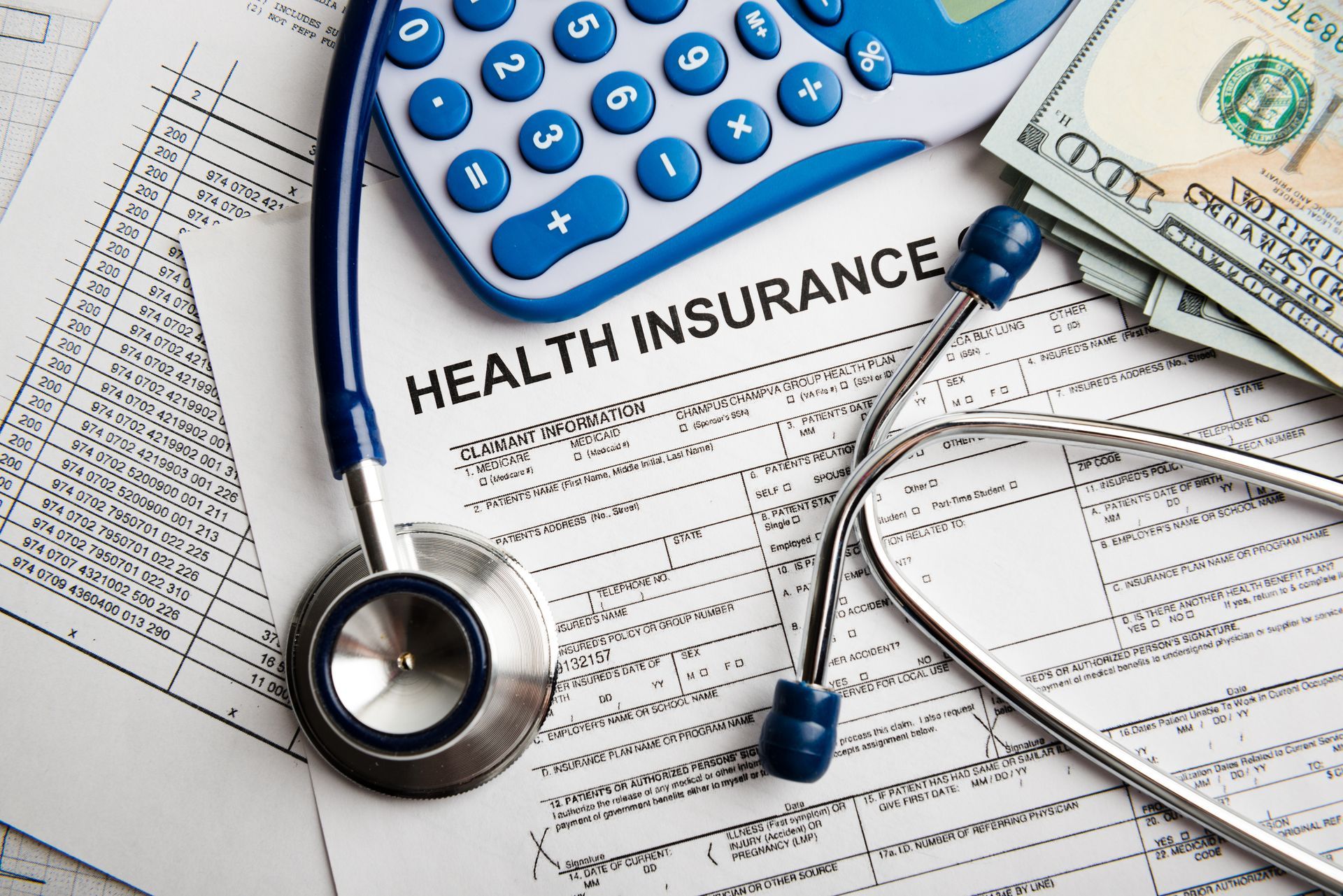Understanding Pedestrian Accidents in New Jersey: Legal Rights, Responsibilities, and Recovery Process
How is fault determined in a pedestrian-vehicle accident in New Jersey?
Fault determination primarily depends on the position of the pedestrian at the point of impact and the duties of all parties involved. In crosswalks, vehicles have an absolute obligation to stop and wait until pedestrians clear the area. Evidence like surveillance footage, witness statements, and driver testimonies help establish the point of impact. Police investigate factors such as the driver's initial observation of the pedestrian and their subsequent actions to determine responsibility.
What are a pedestrian's legal obligations and safety responsibilities?
Pedestrians must exercise caution by not stepping into traffic unexpectedly, using designated crosswalks, obeying traffic signals, and maintaining awareness while crossing. The NJ Safe Passing Law (NJSPL); (NJSA 39:4-92.4) requires vehicles to move over one lane when passing pedestrians, maintain a minimum four-foot distance, or slow down to 25 mph if neither option is possible. While pedestrians have significant rights, they should prioritize personal safety over legal right-of-way.
How does comparative negligence affect pedestrian accident claims in New Jersey?
New Jersey operates under comparative negligence laws, where responsibility is allocated between parties totaling 100%. If a pedestrian is found 50% or less responsible, they can recover damages proportional to the other party's fault. However, if deemed 51% or more responsible, they cannot recover any damages. This differs from states like New York, where plaintiffs can recover even if 90% at fault.
What insurance coverage is available for pedestrian accidents?
Pedestrians without personal auto insurance or household coverage can access the New Jersey Unsatisfied Claim and Judgment Fund, providing up to $250,000 in Personal Injury Protection (PIP). While minimum PIP coverage options start at $15,000, maximum coverage of $250,000 is recommended due to potentially severe injuries from vehicle impacts.
What steps should be taken when filing a pedestrian accident claim?
Important initial steps include:
- Ensuring police documentation and report filing
- Collecting witness information and contact details
- Documenting the scene through photos and videos
- Identifying potential surveillance cameras
- Gathering medical documentation and insurance information
- Consulting with a personal injury attorney who typically works on contingency










